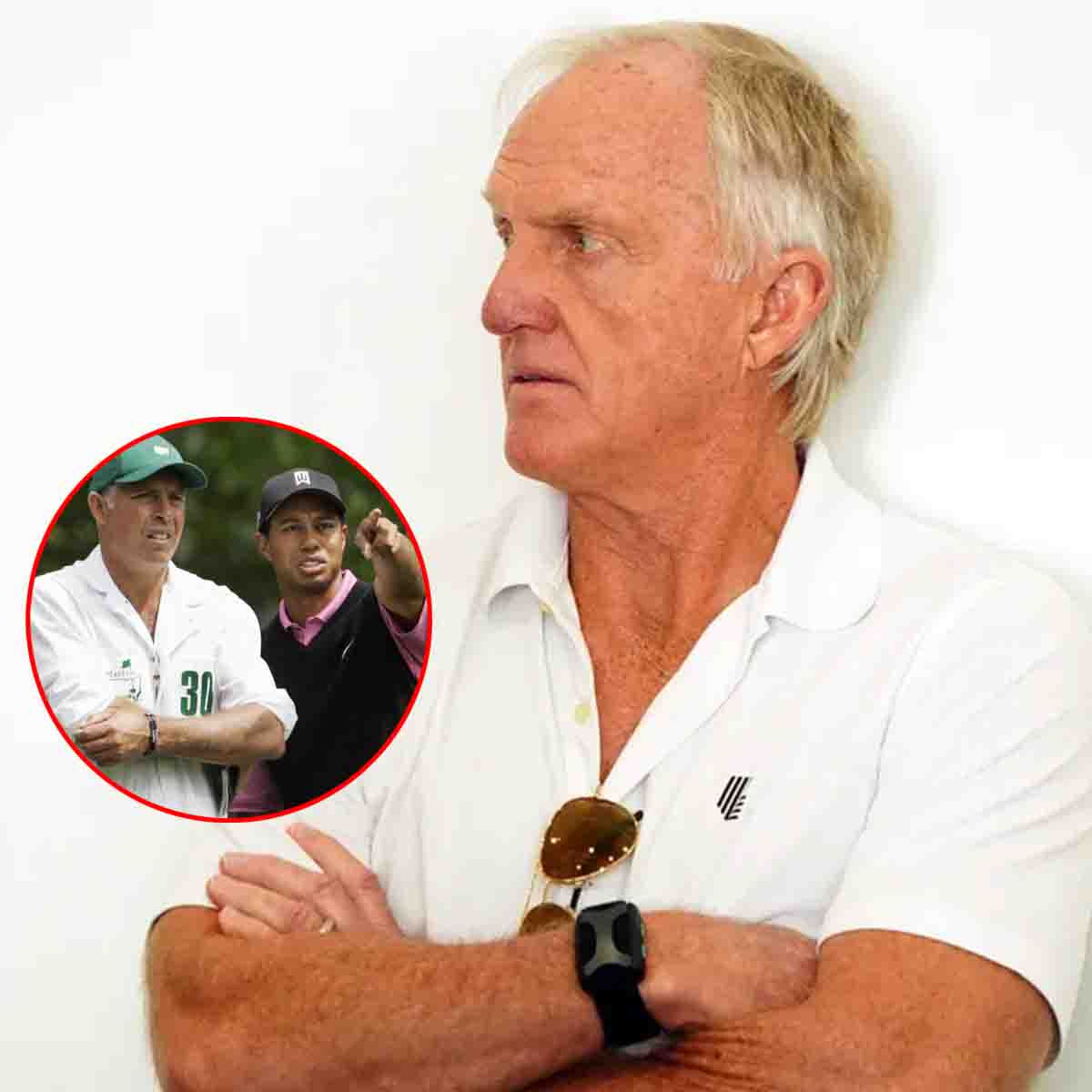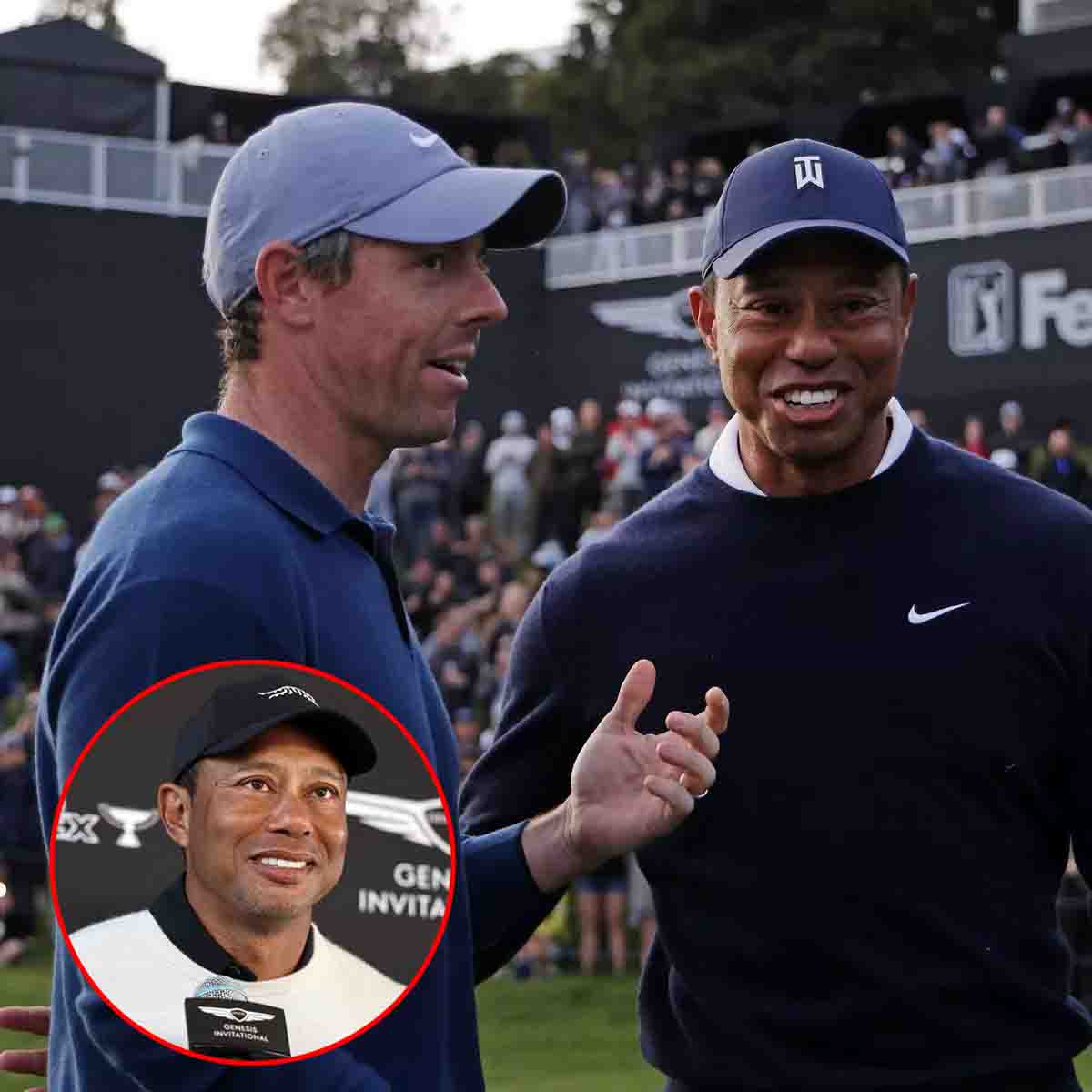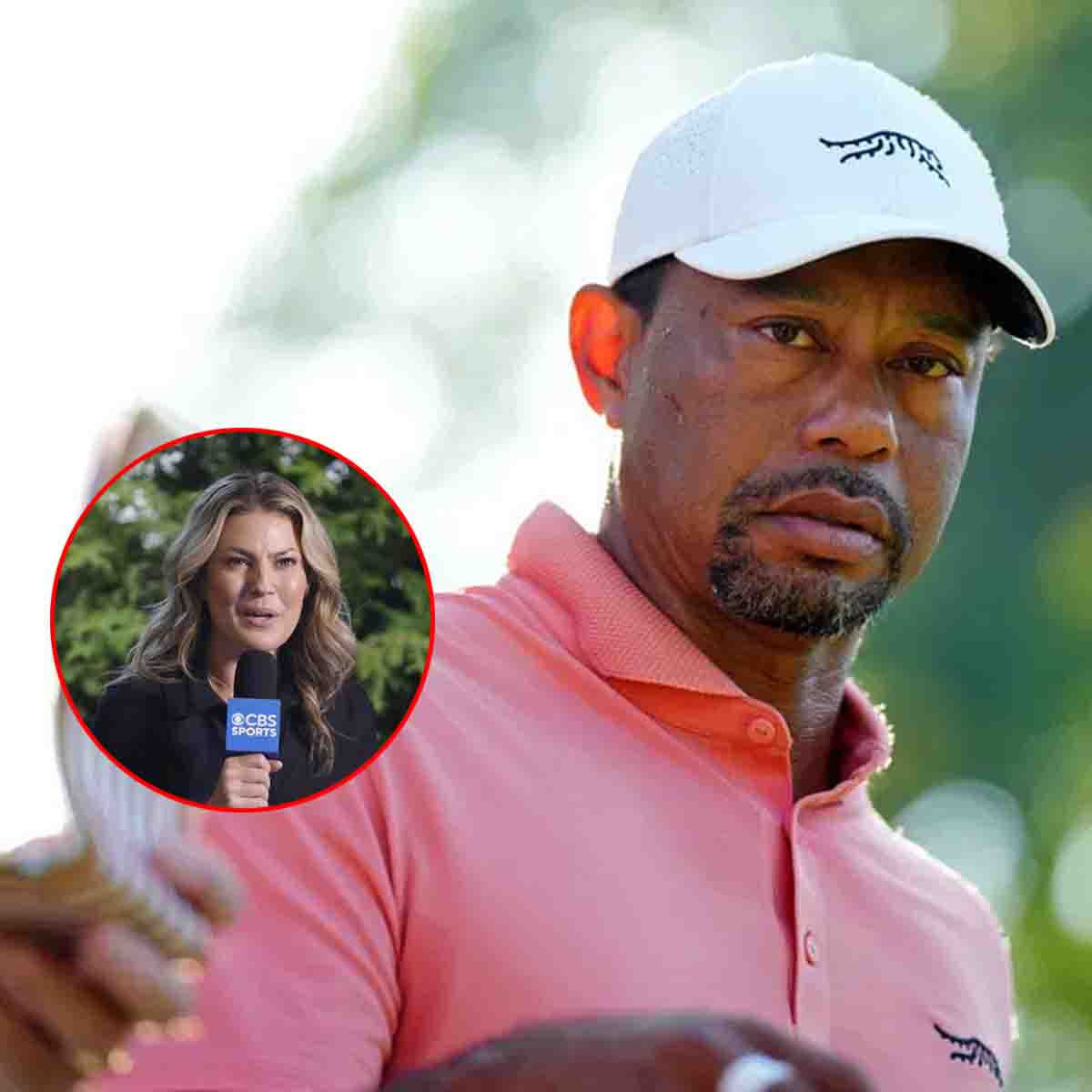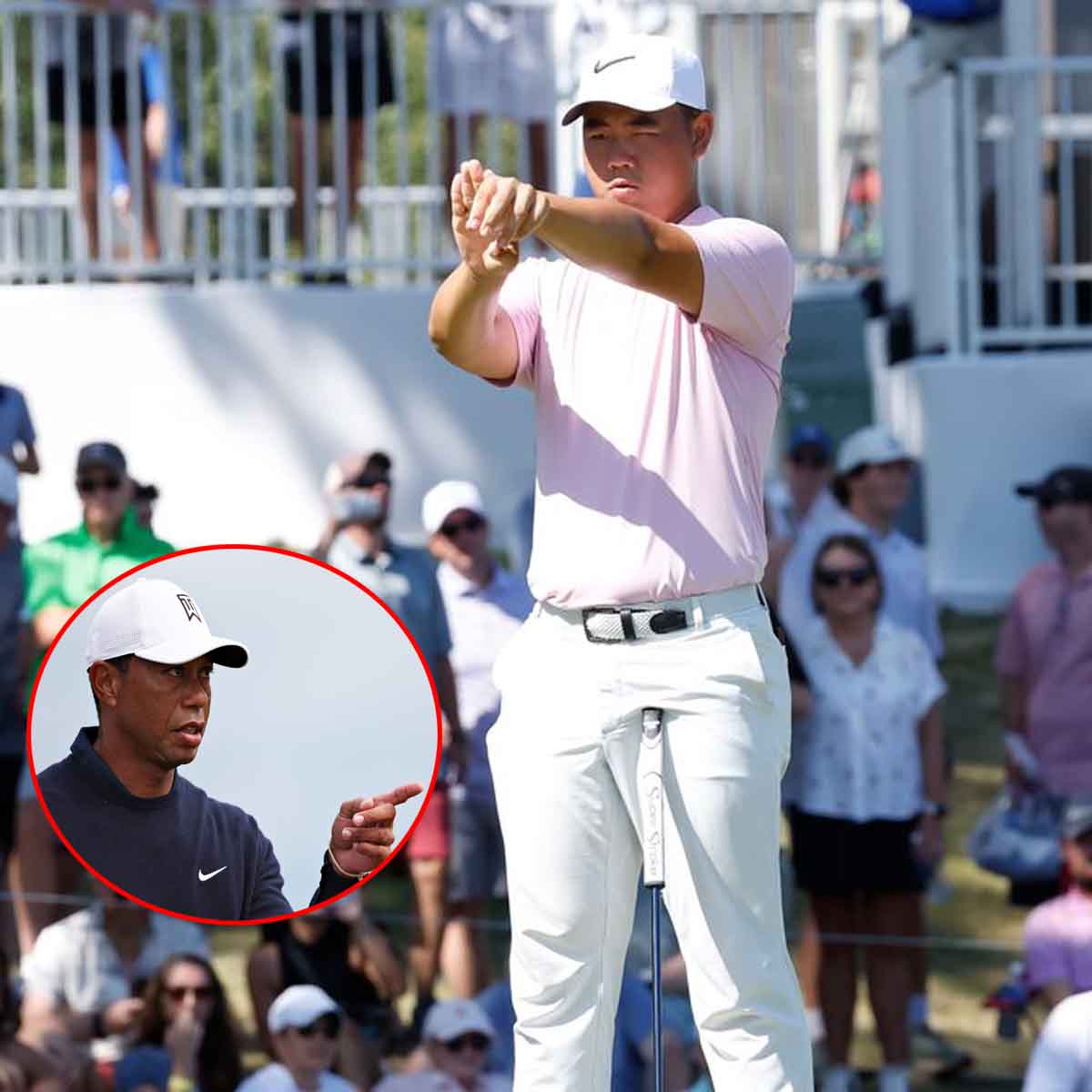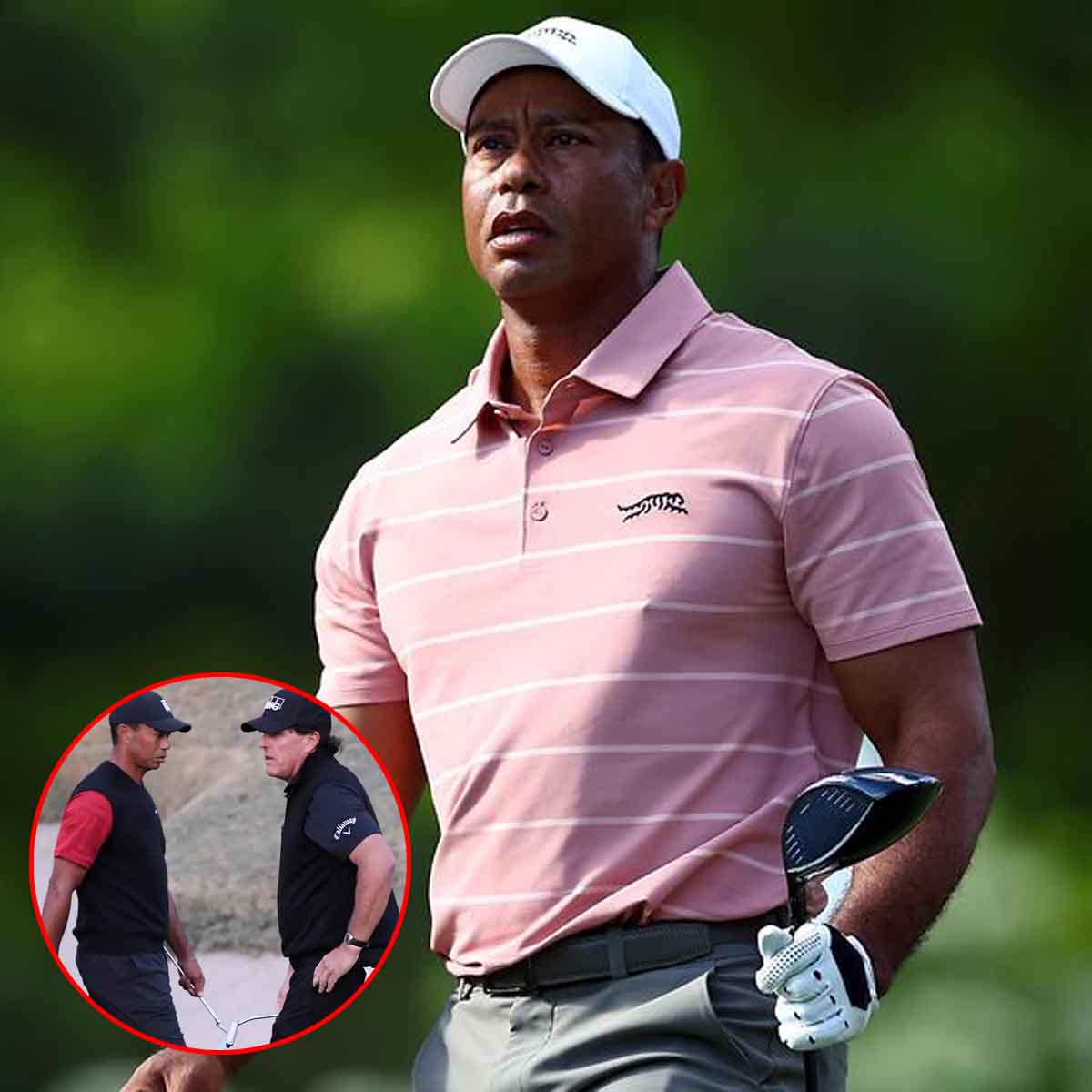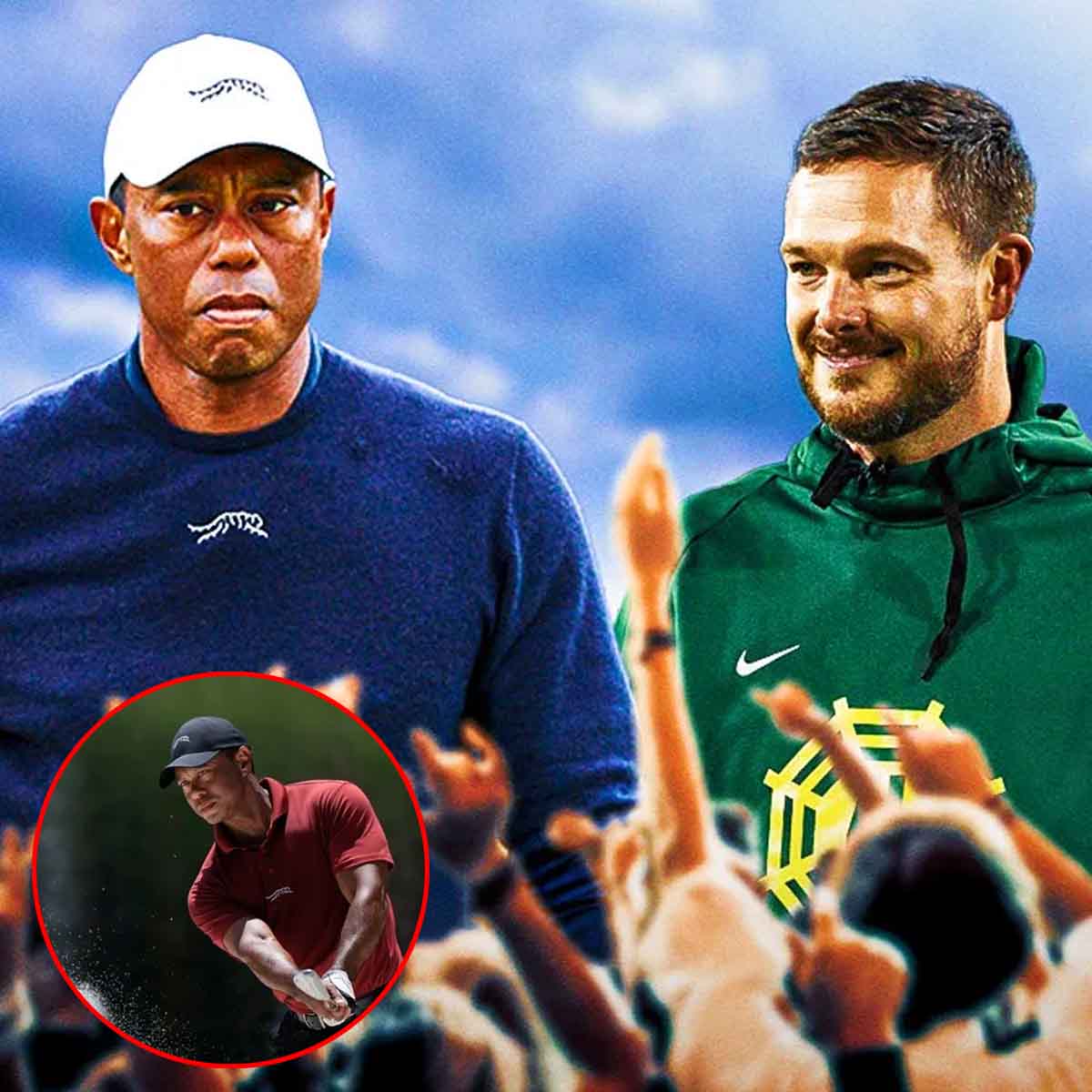A heavy dose of deja vu is hitting the Golden State Warriors. What had been a successful start to the 2023-24 season — a 6-2 opening stretch powered by Stephen Curry’s MVP-caliber play, a seamless transition of summer acquisition Chris Paul and a comradery that had been missing last season — has turned sideways.
After ranking in the top 10 offensively through their first eight games, the Warriors have plummeted to 24th in the past nine. Their 2-7 skid includes a six-game losing streak, Curry’s two-game absence due to a right knee sprain and Draymond Green’s five-game suspension for his choke hold of Minnesota Timberwolves center Rudy Gobert.

Last season, Curry was sidelined two months after injuring his left shoulder in December, while Green’s preseason punch of now ex-teammate Jordan Poole fractured Golden State’s chemistry, an incident from which coach Steve Kerr said the team never truly recovered.
With Curry back (Golden State is 2-2 since he returned on Nov. 20) and Green set to return from his suspension Tuesday night for another bout with the Sacramento Kings in both teams’ in-season tournament group stage finale, the Warriors are once again facing early challenges as they fight to stay above the Western Conference’s bottom five.
Here are the questions that could determine Golden State’s ceiling for 2023-24.
What’s next for Green?

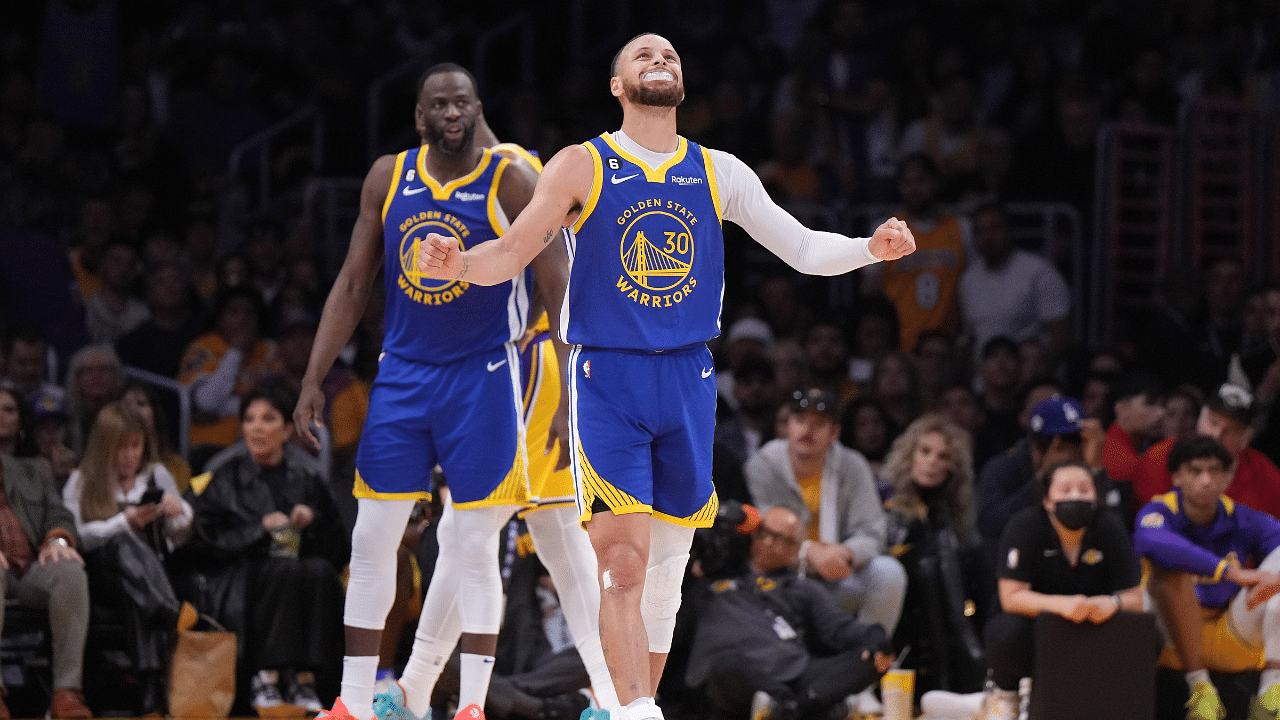
After initially defending Green, Kerr had sharp words for his longtime forward the day after the league levied its suspension, calling it “inexcusable,” and adding that the organization must figure out how to make sure he doesn’t cross that line again.
But it is the second time in as many seasons that a violent incident involving Green has clouded the early part of the Warriors’ season. Some within the organization have said that Green’s incident with Poole during last year’s training camp cost the team its season before it even began.
A team source told ESPN that Green’s most recent suspension probably won’t derail this season, but it came at an inopportune time amid a three-game losing streak and with Curry out of the lineup.
A league source told ESPN that the Warriors will back Green no matter what he does, while another team source told ESPN the Warriors lost leverage on disciplining him after failing to hold him accountable for punching Poole.
Green apologized to his team for the Gobert incident, sources said, and everyone was receptive to the apology.
The Warriors can tolerate Green, who signed a four-year, $100 million extension this summer, because he remains a vital part of the team — especially on defense. Over the past two seasons, the eight-time All-Defensive Team recipient has held opponents to 41.6% shooting as the closest defender, the lowest rate allowed among 156 players to defend 700 shots, per Second Spectrum tracking.
But once Green is no longer an effective player, a team source said, that tolerance could run out.
That won’t be this season, and it won’t alter how Green approaches his game.
“The way I play basketball has gotten me here,” Green said on Sunday, the first time he had spoken to reporters since his suspension. “The way I play basketball has brought me a tremendous amount of success, individually and from a team standpoint, so I will always be myself.”
Has the CP3 experiment provided a boost to Curry and the Warriors?
Prior to his knee injury earlier this month, Curry was an early MVP contender. The Warriors got off to a 5-1 start, winning all of their first four road games.
Part of it was due to Curry’s hot start from the 3-point line — his 80 3s in his first 15 games ranks second in league history, trailing the 85 he made to start the 2021-22 campaign.
Curry has had to carry the load this season, outscoring all other Warriors by at least five points in 13 of his first 15 games — matching his feat in 2015-16, when he won the only unanimous MVP vote in NBA history.
“Winning cures everything. … We weren’t playing that well then and honestly we’re no longer that team that can just, on any given night, bang it out,” a team source said.
The team has increasingly relied on its second unit, led by Paul. With Paul playing frequently as a sixth man for the first time in his career, Curry has been more efficient because the team has maintained leads or built on them while he sat.
The Warriors are outscoring opponents by 4.5 points per 100 possessions when Paul is on the floor, while being outscored by 6.5 points per 100 when he’s off.
Curry told ESPN it was nice that he didn’t have to do something “miraculous” to ensure his team wins consistently.
“Guys are accepting different roles, and that starts with CP, obviously, and his flexibility to come off of the bench,” Curry said. “It’s a huge sign of just a commitment to winning. It’s very reminiscent of what [former Warrior] Andre [Iguodala] did years back.”
One area in which Curry has struggled this season is turnovers. He ranks last in assist-turnover ratio among players to record at least 50 assists. Through 17 games, Paul has 131 assists and just 20 turnovers, placing him third in assist-turnover ratio in that group.
With Paul on the floor, Golden State has a 13.1% turnover percentage. When he is on the bench, that jumps to 17.0%. Those percentages would rank fifth and 29th, respectively, in the league overall.
“Not to jinx him but the [lack of turnovers is] crazy.” Curry told ESPN of Paul’s start. “That just settles everybody down.”
Paul has also helped Curry and Klay Thompson be more effective. When the trio share the floor, the Warriors have an offensive efficiency of 123.4 points per 100 possessions. That ranks in the top five among Western Conference trios to play 150-plus minutes together.
“If you get a chance to play long enough in your career, there’s things that’s going to change, there’s things that’s going to be different, and I’m here,” Paul told reporters last month about coming off the bench for the first time in 19 years.
On the defensive side, the traditional lineup of Curry, Thompson, Green, Andrew Wiggins and Kevon Looney has struggled. That group has given up 126.6 points per 100 possessions — the second worst among five-man lineups to play at least 75 minutes together. Last season, that lineup allowed only 106.1 points per 100 possessions.
“I wish I knew [a solution],” Kerr said of his starting five’s struggles. “It didn’t help with Draymond missing camp with the [ankle] injury. But that group just hasn’t clicked yet. That’s part of the blueprint. That group has to click.”
